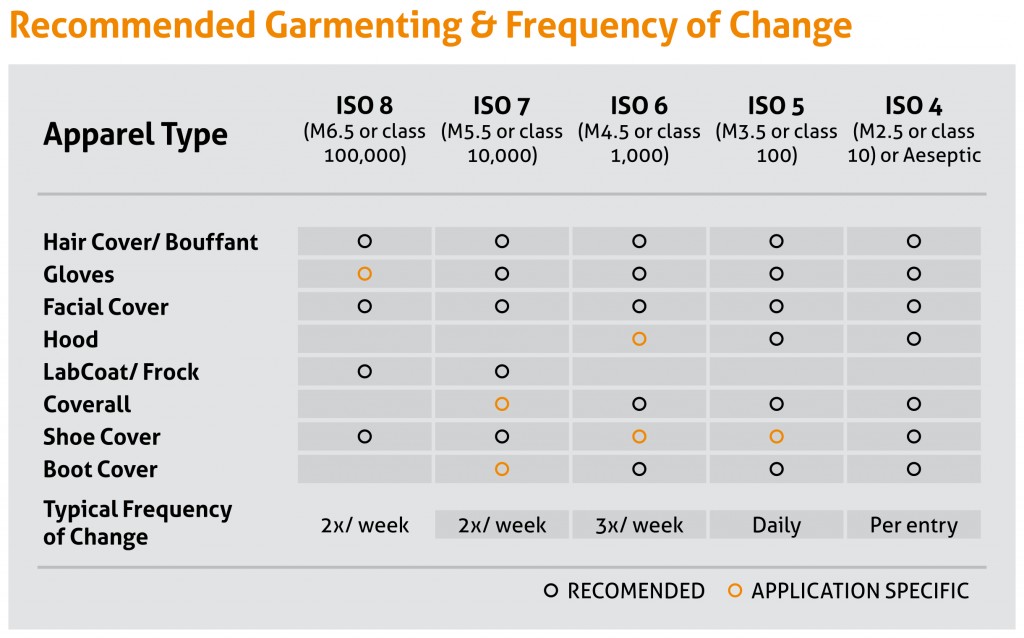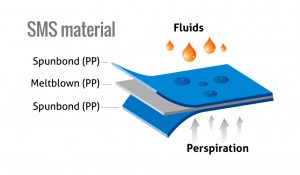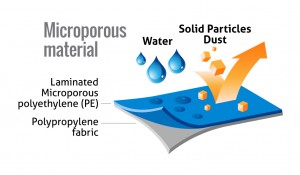What You Should Know about Cleanroom Garments and Changing Cleanroom Garments
Cleanroom suit and garment selection is a key element to maintaining a critical environment, but what’s the first step to instilling protocol? Angstrom is here to help start that process. The first step in creating protocol for your cleanroom is determining what types of garment products will be used. Every cleanroom environment is unique and often application specific, so take a look at our guide. We hope it will help you start off in the right direction.
Frequency of Change – How Often Should a Cleanroom Suit or Garment Be Changed?
Knowing which types of cleanroom suit or garments to get is one thing, but knowing when and how often to change them is another. But don’t worry, Angstrom can help you make an informed decision. Depending on your cleanroom environment, there is a certain frequency of how often you should be changing your cleanroom garments. From cleanroom suits to gloves, this guide will take you through everything you need to know to ensure your cleanroom garments are the cleanest they can be.
Since there are many different materials and fabrics used to make cleanroom garments, choosing the best ones for your needs can be complicated. Knowing each material’s benefits and short falls can be helpful with this process, which is why Angstrom is here to help with a quick overview of the most common materials used for disposable cleanroom gowning products.
Cleanroom Garment Materials
Single Layer Polypropylene
Also known as PolyPro (PP), is a thermoplastic polymer. Nearly all disposable garments have some level of PP in the makeup of the fabric. The lowest cost cleanroom garments are made of a single layer of PP, available in various basis weights or material thickness. Most bouffant caps, beard covers, and low cost lab coats are made of this single layer construction.
Shop PolyPro Cleanroom Products
SMS- Three Layer TESTPP
SMS is a material consisting of three layers PP. One layer of Melt Blown PP is sandwhiched between two layers of Spunbound PP. This material is great for added durability over single layer PP material. SMS also provides liquid resistance yet breathable and is fairly low-linting.
Microporous- PE Laminated
Microporous is a PP material laminated with polyethylene. Considered to be a great alternative to Tyvek. Offers the ultimate level of durability, Impervious, and extremely clean for the most critical environments.
Shop Microporous Cleanroom Products
If you need further assistance, we are here to help! Give us a call at 877-719-4470






